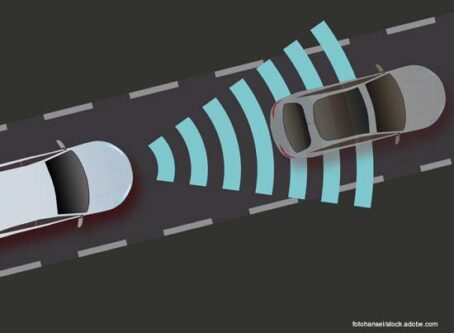NAFTA June freight experiences largest decline of 2019
The U.S. Department of Transportation’s Bureau of Transportation Statistics reports that in June trucks moved 63% of NAFTA freight – with trains, planes, ships and pipelines picking up the rest. Only one of five modes experienced a yearly increase, accounting for the largest net decrease of the year.
The value of freight hauled across the borders decreased by 5.5% compared with May, when freight increased by 5% from the previous month. June marks the largest monthly decline since last December, when NAFTA freight went down by more than 10%.
Compared to June 2018, freight was down 2.3% after a 2.4% increase in May and a 1.8% increase in April. December’s decrease broke a 25-month streak of year-to-year increases. The last year-to-year decrease before that occurred in October 2016.
In 2018, NAFTA freight increased by 1% compared to the previous year, with 63% of that freight carried by trucks. June’s decrease puts NAFTA at a nearly 8% increase for the year so far.
Trucks carried nearly $66 billion of the nearly $104 billion of imports and exports in June.
Year-to-year, Canada truck freight decreased by 2%, whereas Mexico freight fell by 1%. Top truck commodities were computers and parts, motor vehicles and parts, electrical machinery, plastics, and measuring/testing instruments.
Freight totaled $103.766 billion, down more than $6 billion from the previous month and a decrease of more than $2 billion from June 2018. February was the last month NAFTA reached a total value this low at $94.189 billion.
Pipeline freight accounted for the largest decrease, at 8.6% after an increase of 11.6% in May. Vessel freight had the second highest decrease at 5.8%, followed by air freight with a 4.3% decrease. Rail freight experienced the only yearly increase at 0.5%.
Approximately 57% of U.S.-Canada freight was moved by trucks, followed by rail at 16%. Of the more than $51 billion of freight moving in and out of Mexico, trucks carried nearly 70% of the loads.









